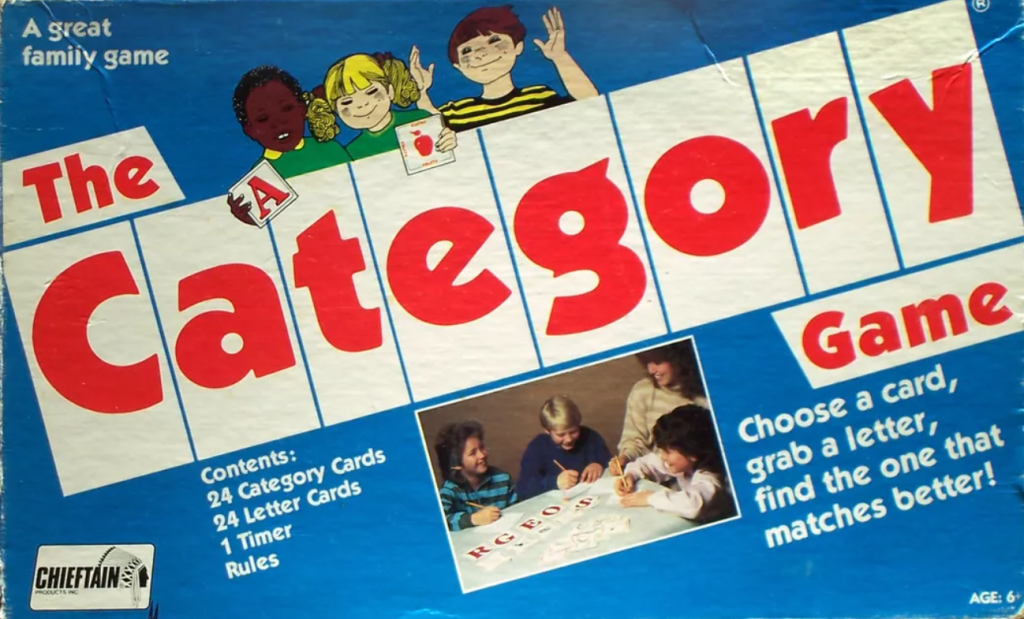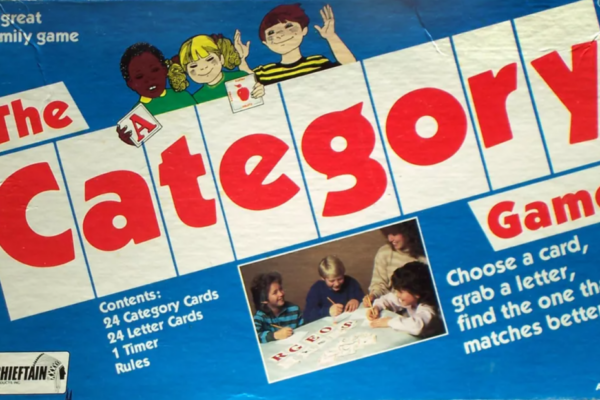
Results from the 2021 National Survey on Drug Use and Health were released this week. Here are a few of the highlights.
Substance Use Disorder Prevalence
46.3 million people aged 12 or older (or 16.5 percent of the population) met the applicable DSM-5 criteria for having a substance use disorder in the past year, including 29.5 million people who were classified as having an alcohol use disorder and 24 million people who were classified as having a drug use disorder.
SAMHSA Announces National Survey on Drug Use and Health (NSDUH) Results Detailing Mental Illness and Substance Use Levels in 2021. (2023, January 4).
That’s a startling number. One of every six Americans over 12 years old has had a substance use disorder in the past year?
Further:
The percentage of people who were classified as having a past year substance use disorder, including alcohol use and/or drug use disorder, was highest among young adults aged 18 to 25 compared to youth and adults 26 and older.
SAMHSA Announces National Survey on Drug Use and Health (NSDUH) Results Detailing Mental Illness and Substance Use Levels in 2021. (2023, January 4).
So, the prevalence among young adults is worse than 16.5%?!
I found the relevant table and the past year SUD prevalence for Americans 18 to 25 is 18.5% — nearly one out of five. And that’s just past year. It makes one wonder about the lifetime prevalence.
So, what’s going on here?
Well, one factor is the category of SUD itself. It puts the following 2 people in the same category:
- Megan is a 21-year-old whose social life involves drinking with friends every weekend. When she first started drinking she would get very buzzed with 2 drinks but it now takes 4 drinks. On a couple of occasions, due to feeling tired and hungover, she’s called in sick to work and has skipped several morning classes.
- Mark is a 50-year-old man whose polysubstance use started at age 13. By his late teens, his drinking was causing serious problems and had made several attempts to moderate and quit, but was unable to do so successfully. In his early 20s, his drinking was the cause of several breakups with partners he really cared for and caused considerable strain between him and his family. This caused considerable distress — depression, anxiety, loneliness — and he knew his drinking was making all of it worse, but he was unable to stop or moderate. He became a daily drinker and found that he started to feel shaky if he didn’t have a drink or two in the morning. He was arrested for drunk driving 3 times and had difficulty maintaining employment. His 3rd drunk driving conviction resulted in a jail sentence of several months and an alcohol tether upon release. He snuck drinks from time to time and mostly got away with it, but did end up doing a few short stints in jail for probation violations. Around this time he started to develop a problem with opioid painkillers. This problem grew rapidly and replaced his drinking. Eventually, the cost of the pills made them unsustainable and he switched to heroin. He was unable to maintain housing and employment and would alternate between staying with family and staying in shelters. He’s overdosed multiple times, has acquired hepatitis C, and has tried several forms of treatment including residential, buprenorphine, and methadone. He’s now in a hospital for endocarditis associated with injection drug use.
So, SUDs include people like Megan, with very mild problems that many people “mature out” of without any treatment or intervention, and people like Mark, with chronic, severe, and debilitating addictions.
I believe that Megan and Mark do NOT represent differing severities of the same problem. They represent two different kinds of problems. Influenza and lung cancer are both disorders involving the respiratory system, but placing them in the same category would only create confusion. (I’ve written about the problems with SUDs as a category here.)
This isn’t to say that we should just shrug our shoulders about people like Megan, but it does help explain those eye-popping numbers.
Another headscratcher is the increase in the NSDUH’s prevalence estimates over the years. In 2014 they estimated that 8.1% of Americans 12 and older met criteria for a Substance Use Disorder (pg 23).
Recovery Prevalence
The finding that’s getting more attention is about the prevalence of recovery.
Before we look at that number, it’s worth considering what we might mean by recovery.
- Recovery from what? Traditionally “recovery” has been associated with addiction, but not with less severe and acute substance problems. The NSDUH does not make this distinction and, therefore, with cultural understandings of the term.
- Is recovery an identity adopted by survivors of a life-threatening illness that causes serious impairment in multiple life domains and signals connection to a community of others who share the identity?
- Does recovery indicate a way of life that involves healing from serious illness, repairing damage in multiple life domains, restoration of self in personal, familial, and community roles, and a process of becoming “better than well” (something akin to post-traumatic growth)?
- Does it refer to remission, or the reduction of symptoms to subclinical levels? (If so, why use the term recovery rather than remission?)
- Does it describe a clinical endpoint for an illness/disorder?
The report indicates that 7 in 10 (72.2 percent or 20.9 million) adults who ever had a substance use problem considered themselves to be recovering or in recovery.
Again, a stunning number. BUT, it’s worth reflecting on the meaning the key terms — “substance use problem” and “recovering/recovery.”
So, how does the study operationalize these terms? Here are the relevant questions from the survey.
Above, we discussed the problems with SUDs as a category. This question lowers the threshold for inclusion even further. Anyone who does not meet criteria for an SUD but thinks they once had a problem would be included. If the SUD diagnostic criteria are based on beliefs about what constitutes clinical significance, this question includes subclinical levels of use.
The question about recovery is also framed in a way that makes it hard to answer any way other than “yes, I am recovering or in recovery” unless the person is in the throes of a substance use problem.
Megan would answer yes. If Mark were to find his way to recovery and successfully rebuild his life with the help of a community of recovery, would it make sense to put him and Megan in the same category? Where might that be helpful? Where might that be misleading? If recovery is understood as an endpoint and Megan is using alcohol in moderation, could considering moderate alcohol use “recovery” constitute at dangerous goal for someone like Mark?
Imagine the questions asked about disorders affecting the respiratory system. Andrew responds “yes”, that he’s had bronchitis before. Angela responds “yes”, that she’s had lung cancer. For the question about recovery, of course Andrew says “yes” that he has recovered. Angela responds “yes”, that she went through chemo and had a lung removed.
Is Andrew likely to think of himself as “in recovery” or “recovering”? Probably not, but the only sensible answer to the question is “yes”. What do they share in common?
Imagine the question was about weight problems. Bill says yes because his BMI once put him in the overweight category and he shed 15 pounds. Robert says yes because he once weighed 450 pounds and has lost 250 pounds. If we put them together because we assume they share a common experience and identity, how is that likely to go?
It’s important to note that this use of the term recovery is considerably different from its cultural, medical, or research use.
Making sense of all this
So… what should we make of all this?
None of this is to suggest that this information is useless. It could be very helpful for understanding patterns of substance use and conceptualizing public health needs and interventions.
However, I’d urge caution about trying to infer much about the prevalence of serious substance problems and the prevalence of what our culture has understood as recovery.
I also wonder about the effects of this federal survey’s drift (a doubling of SUD prevalence over 7 years?) and repetition of its reconceptualization of “recovery.” How does that change cultural, professional, and personal concepts? Where might that be helpful and unhelpful? What discord does that create? When and where is it desirable and undesirable to create discord? When this kind of work stirs discord between communities, professionals, advocates, and researchers, how should that be navigated? Who decides?
I don’t know, but it’s worth discussing.
